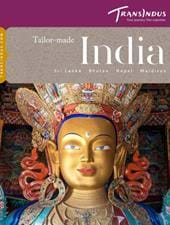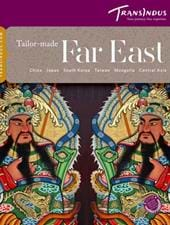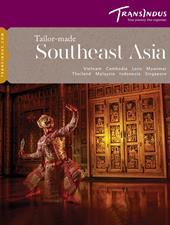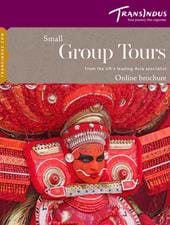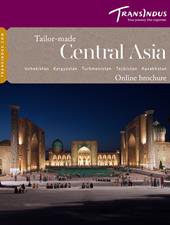In common with many Chinese cities, the uniformly modern appearance of Luoyang belies its extraordinary antiquity. Ranged around the confluence of the Luo and Yellow Rivers, the city has been a major urban centre since the time of the Zhou Dynasty, more than three millennia ago, and has yielded traces of sophisticated prehistoric civilization dating back to 2070BC. There has been a great deal of construction here in recent years, and nearly every building site has uncovered layer upon layer of human artefacts. The finest of them are displayed in the city’s museum, regarded as one of the very finest in China. Its piece de resistance is an assemblage of sacrificial pits containing the remains of royal horses and chariots, beautifully preserved in the alluvial soil, along with the precious jade and metal goods interred with them.
The other site of great historical significance in the Luoyang area is the White Horse Temple, established in 68AD on the outskirts of the city. Believed to be the oldest Buddhist shrine in China, it owes its existence to Luoyang’s pivotal position at the end of the Silk Road connecting China with Central Asia. Today, the complex welcomes streams of visitors from all over the world, but remains a serene and tranquil haven, and an exotic spectacle with its ornately gabled, upswept roofs and lavishly decorated halls containing precious Buddhas, including one made of solid Burmese jade.

